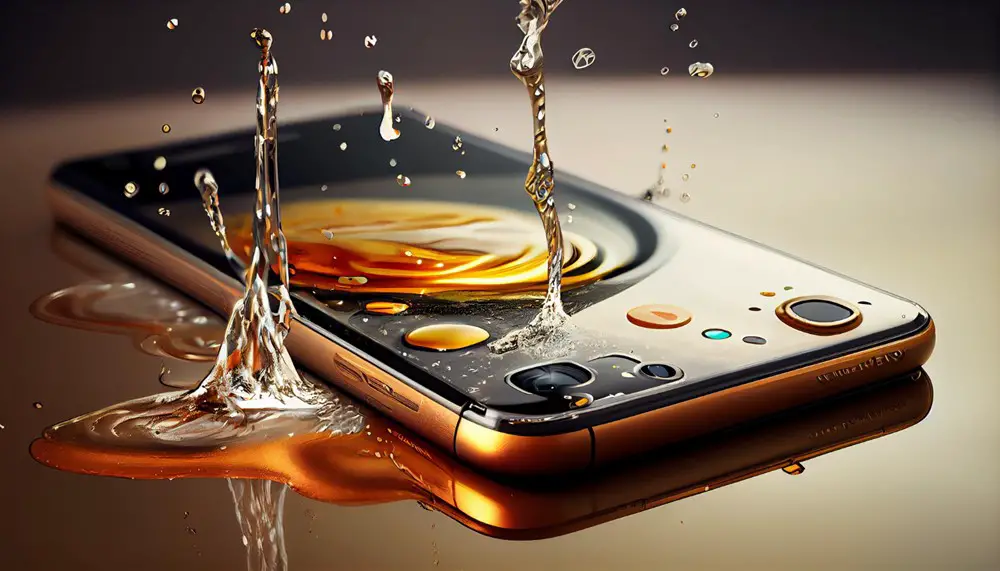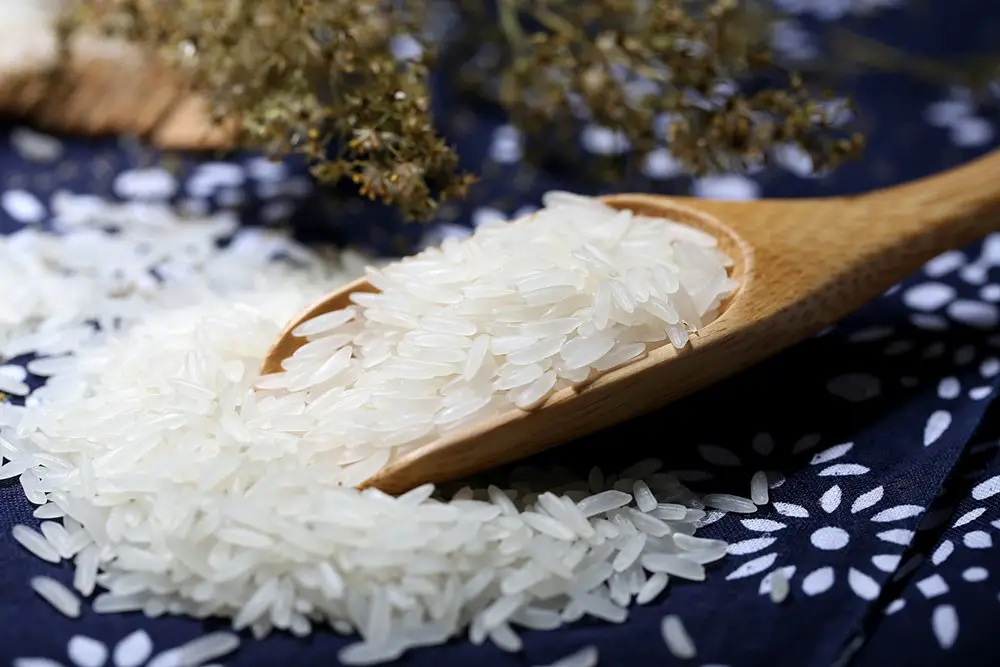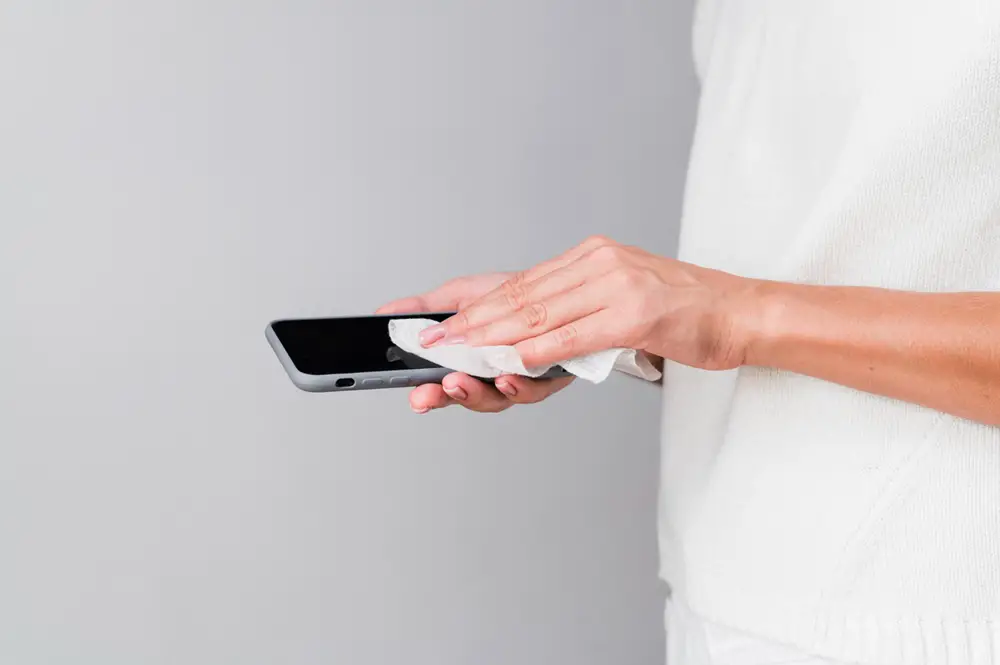Picture this: Your smartphone takes an unexpected dip in water, and your charging port is soaked. Panic sets in, but don’t fret! In this guide, we’ll explore five effective ways to dry a wet charging port on your smartphone while highlighting what NOT to do. Whether you own an iPhone, Samsung Galaxy, or any other device, these methods will help you restore your phone to working order.

1. Patience is Key
The first and simplest method is often the most effective: waiting.
When your charging port gets wet, power off your phone (if it’s still on) and disconnect any accessories.
Allow the device to air dry naturally. This approach typically takes around 24-48 hours, depending on the extent of the moisture. Ensure the phone is placed in a dry and well-ventilated area.
Don’t: Avoid using a hairdryer or any heating device, as excessive heat can damage your smartphone’s components.
2. Rice, the Old but Gold Trick

The “rice trick” has been around for a long time and is a simple and cost-effective way to remove moisture.
Place your wet smartphone in a bowl of uncooked rice, ensuring it’s fully submerged. The rice will absorb the moisture from the charging port.
Don’t: Avoid using colored or flavored rice. Plain, uncooked white rice works best.
3. Silica Gel Packets
Silica gel packets are great moisture absorbers and can be found in various products’ packaging.
Place your smartphone in an airtight container or plastic bag along with a few silica gel packets. Leave it for 24-48 hours, and the silica gel will draw out the moisture.
Don’t: Do not use damaged or punctured silica gel packets, as they won’t be as effective.
4. The Fan

Replace compressed air with the good old fan.
A fan gently circulates air, which aids in the natural drying process. Place your wet phone in front of a fan, ensuring there’s good airflow around it.
Don’t: Avoid using a high-powered fan, just like compressed air, excessive force can be detrimental to the device.
5. Use a Vacuum Cleaner
Another effective method involves using a vacuum cleaner with a small nozzle attachment.
Carefully place the nozzle near the charging port to draw out any trapped moisture.
Don’t: Be gentle when using a vacuum cleaner, and make sure it’s not too powerful, as excessive suction can harm your device.
What NOT to Do
- Don’t use heat: Avoid using a hairdryer, microwave, or oven to dry your phone, as excessive heat can cause irreversible damage.
- Don’t shake it: Vigorous shaking can push moisture deeper into the phone, leading to more damage.
- Don’t charge your phone: Do not attempt to charge your phone until you’re certain the charging port is completely dry, as it can lead to short circuits.
- Don’t take your phone apart: Disassembling your phone can void warranties and cause further damage if not done correctly.
- Don’t use alcohol or cleaning solutions: These can damage the delicate electronics inside your phone.
How to Check if Your Phone Has Completely Dried
Determining whether your phone is fully dry is essential before using it. Here are some simple methods to check if your smartphone is moisture-free:

- Visual Inspection: Examine the charging port and surrounding areas carefully. If there are any visible water droplets, moisture, or condensation, it’s not yet completely dry.
- Touch Test: Gently touch the charging port with a clean, dry finger. If it feels cold or damp, moisture may still be present. A dry charging port should feel at room temperature.
- Overheating: If your phone feels unusually warm when not in use, it could be a sign of lingering moisture.
- Minor Glitches and Screen Flickering: A wet phone may experience minor software glitches or screen flickering. If these issues persist, it may not be completely dry.
- Ghost Touch: Unintentional touches on the screen without physical contact, known as “ghost touch,” could indicate residual moisture.
- Audio Problems: Speakers may not work correctly, or audio may sound muffled if water entered the speaker area. If your phone’s audio is affected, follow a guide to remove the moisture (if present) in the speaker.
- Liquid Detection Warning (for iPhones):
- “Liquid detected in Lightning Connector”: This alert pops up when you plug in a Lightning accessory to your iPhone that can’t charge it and liquid is detected.
- “Liquid Detected”: This alert shows up when you connect a USB-C accessory to your iPhone and there’s liquid present.
By observing these signs and ensuring that your phone operates normally without any issues, you can be more confident that it has fully dried. Remember, it’s better to be patient and wait for your phone to be completely moisture-free rather than risking further damage by using it prematurely.
Read also: Why Won’t My Phone Charge? 9 Common Reasons and Solutions!
Frequently Asked Questions (FAQs)
Q: Can I use a hairdryer to speed up the drying process for my wet charging port?
A: It’s not recommended. Excessive heat from a hairdryer can damage your phone’s internal components. Patience is the safer approach.
Q: Is it safe to use uncooked brown rice instead of white rice for drying my phone?
A: Stick with uncooked white rice. Brown rice may have extra oils and compounds that could potentially harm your device.
Q: How long should I wait after the moisture alert message disappears on my iPhone before using it?
A: It’s best to wait a bit longer to be sure. Leave your iPhone in a dry area for 24-48 hours after the message vanishes to ensure it’s fully dry and safe to use.
Conclusion
Drying a wet charging port on your smartphone is a critical step to prevent permanent damage. The key is to act quickly, follow the effective methods outlined here, and avoid the “Don’ts” at all costs. With a little patience and the right approach, you can save your smartphone and have it up and running in no time. Remember, the key is to ensure your charging port is completely dry before attempting to use it again. Now you’re well-equipped to handle this common mishap with confidence.
